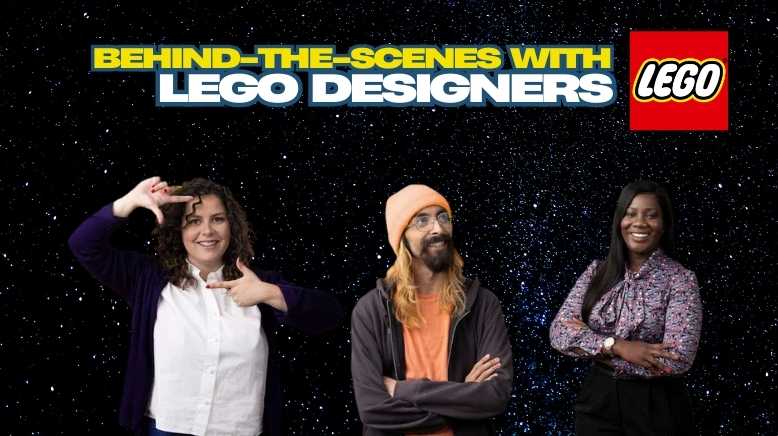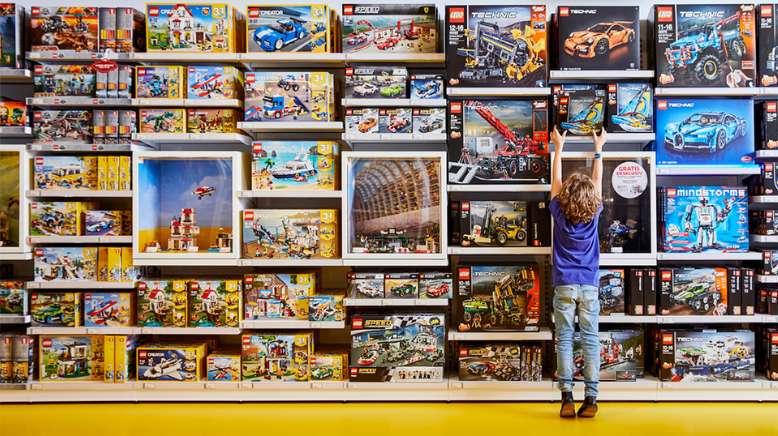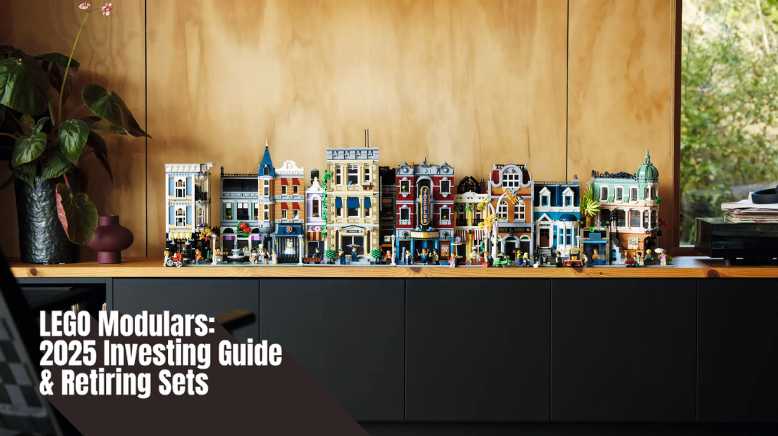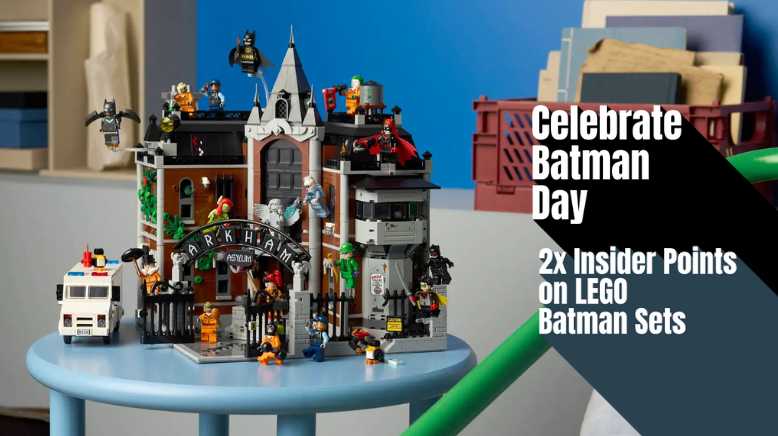Behind-the-Scenes with LEGO Designers | Crafting the Magic
Published: 7 months ago
Last Updated: 7 months ago

Ever wonder how your favourite LEGO sets come to life? This in-depth article takes you behind the scenes to meet the visionary designers whose creativity and passion drive LEGO’s innovation. Discover the secrets, challenges, and inspirations that shape every brick.
Few experiences capture the imagination quite like watching a master builder transform a pile of bricks into a stunning work of art. Yet, behind every iconic LEGO® set is a dedicated team of designers whose expertise, vision, and attention to detail make the magic possible. Today, we invite you to step into their world and explore the creative process that turns ideas into beloved sets.
The Creative Journey Begins
Every LEGO set starts with a spark of inspiration. For the designers at LEGO, this spark can come from anywhere—classic films, historical events, futuristic concepts, or even everyday life. The initial brainstorming sessions are a whirlwind of sketches, prototypes, and countless discussions. Designers gather around whiteboards, armed with markers and endless ideas, determined to push the boundaries of what’s possible with plastic bricks.
One of the key challenges is balancing creativity with practicality. While the goal is to create sets that are both visually stunning and functionally engaging, designers must also consider manufacturability, durability, and cost. It’s a delicate dance—one that requires both artistic flair and rigorous engineering. The result is a product that not only looks amazing on the shelf but also stands the test of time as a playable, collectible item.
Tools of the Trade
Modern LEGO designers have an impressive arsenal of tools at their disposal. Advanced computer-aided design (CAD) software allows them to create intricate digital models, experimenting with forms and structures in a virtual environment. This technology speeds up the prototyping process and enables designers to visualize complex builds with precision. In addition, 3D printing technology is often used to produce physical prototypes, giving designers a tangible sense of how their ideas translate into reality.
Digital modelling also allows for detailed testing and simulation. Designers can evaluate the stability, connectivity, and aesthetics of their models long before any plastic is moulded. This iterative process of design, test, and refine is essential for ensuring that every set meets LEGO’s high standards of quality and playability.
A Day in the Life of a LEGO Designer
A typical day for a LEGO designer is a blend of creativity, collaboration, and technical problem-solving. Mornings often begin with a review of ongoing projects—discussing progress, identifying challenges, and brainstorming solutions. Teams frequently hold design reviews, where ideas are critiqued and refined in a supportive, yet rigorous, environment. The collaborative nature of LEGO’s design process means that every project benefits from a diverse range of perspectives and expertise.
Throughout the day, designers alternate between creative sessions and technical work. Sketching, model building, and digital design are interwoven with meetings and collaborative brainstorming sessions. Many designers also draw inspiration from the passionate LEGO community, paying close attention to fan feedback, online forums, and social media discussions. This continuous dialogue between creators and collectors ensures that the final product resonates with the audience and meets the evolving demands of the market.
The Human Touch Behind Every Brick
While technology plays a crucial role in modern design, the human element remains at the heart of every LEGO set. The personal stories, creative passions, and individual quirks of each designer infuse the final product with unique character. It’s this human touch that transforms a simple set of instructions into an experience—one that sparks joy, ignites imaginations, and inspires creative play.
Interviews with LEGO designers reveal a deep sense of pride in their work. They speak passionately about the challenge of balancing nostalgia with innovation, the joy of seeing children and adults alike engage with their creations, and the responsibility of maintaining the brand’s legacy while charting new creative territory.
Overcoming Challenges and Embracing Innovation
No creative process is without its challenges. Designers often face technical hurdles—ensuring that a complex build is stable, optimizing the design for manufacturing, and finding innovative ways to incorporate new materials and techniques. However, these challenges are seen not as obstacles, but as opportunities for growth and innovation.
For example, the push for sustainability has spurred a wave of creative problem-solving. Designers are tasked with rethinking traditional models and exploring new, eco-friendly materials without compromising on quality or creativity. This quest for sustainability has led to breakthroughs that not only benefit the environment but also open up new avenues for imaginative design.
The Future of LEGO Design
As we look to the future, the role of LEGO designers is evolving. With advancements in technology, greater access to global talent, and an ever-expanding community of enthusiasts, the possibilities for innovation are limitless. Future sets may incorporate augmented reality, interactive elements, and even more personalized building experiences. Yet, at the core of these developments remains the timeless art of design—a craft that continues to transform ideas into enduring works of play.
Conclusion
The world of LEGO design is a fascinating blend of art, technology, and human ingenuity. Behind every brick is a story—a story of creativity, collaboration, and the relentless pursuit of perfection. As you build your next LEGO set, take a moment to appreciate the craftsmanship and passion that went into every detail. It’s a journey that connects us all, inspiring us to imagine, create, and dream.
In the end, the magic of LEGO isn’t just in the finished product—it’s in the creative process itself. And thanks to the visionary designers behind every set, that magic will continue to grow, evolve, and inspire for generations to come.






